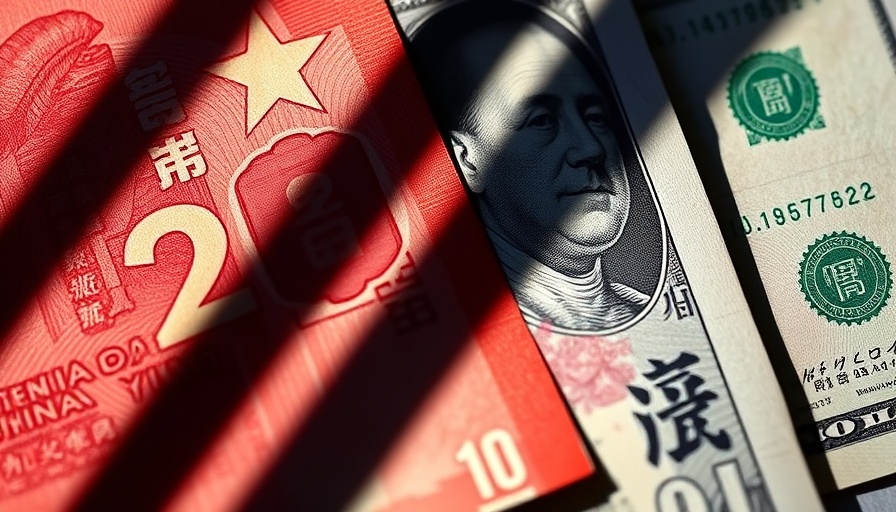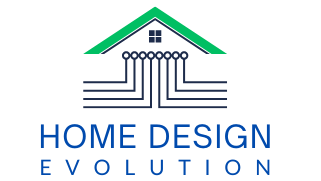
Understanding the Landscape of Interior Design Tariffs
The world of interior design is no stranger to change, but the recent surge in tariffs has presented a new challenge that designers and homeowners alike must navigate. Historically, tariffs were a relatively static part of doing business; however, the current climate has introduced a new level of complexity with taxes that can exceed 50% on certain imported goods. This posed an immediate question for many: How will these tariffs affect the costs and availability of design materials we depend on to create our dream homes?
What Are Tariffs and Why Do They Matter?
Tariffs are taxes imposed on imported goods that can dramatically impact the pricing and availability of materials that designers rely on. Under current trade policies, specific items from select countries are subject to tariffs that can add substantial financial burdens on both suppliers and homeowners. As global supply chains are disrupted, these tariffs not only affect international purchases but also cause domestic prices to rise, leading to higher overall project costs for homeowners.
What Homeowners Should Know
As a homeowner, it’s essential to understand how these tariff changes may influence your upcoming projects. If you are planning to hire an interior designer, be prepared for potential increases in costs due to these tariffs. The timing of your project is crucial; materials procured now may incur costs that affect your budget significantly if tariffs are imposed on them while your project is underway.
Strategies for Homeowners to Navigate Design Tariffs
1. Review Contracts Thoroughly: First and foremost, if you’re engaging a designer, discuss the specifics of your contract. It’s vital to clarify who is responsible for tariffs. Many design firms will include clauses that stipulate any additional costs incurred from tariffs will fall onto the client, so be sure to read your contract closely to avoid unexpected financial stress.
2. Seek Clarity on Material Sourcing: Have candid discussions with your designer about where they source materials. Opting for locally sourced materials may help mitigate some tariff impacts and could result in more efficient timelines, avoiding disruptions from international shipping.
The Long-Term Implications of Tariffs on Home Design
Looking ahead, the prevailing tariffs could lead to a permanent shift in home design practices. Expect to see more emphasis on sustainable and locally-sourced materials as designers work to circumvent tariffs while meeting the growing eco-conscious demands of homeowners. By investing in local craftsmanship and sustainable practices, you can support your community while reducing reliance on potentially costly imported goods.
Future Predictions: How the Design Landscape May Shift
As tariffs continue to evolve alongside global trade policies, it's likely that designers will need to adapt quickly to these changes. Homeowners might see an increase in discussions about budget adjustments or alternative solutions that balance quality and cost. The design community may also shift focus towards innovative design solutions that utilize technology, making the most of the resources available without compromising on style or functionality.
In conclusion, as tariffs reshape the landscape of interior design and home construction, staying informed and proactive is essential for homeowners. Understanding how these changes affect material sourcing and costs can empower you to make the best choices for your home design projects moving forward.
Call to Action: Take the first step in your design journey by reviewing your contracts carefully and discussing tariff implications directly with your designer today!
 Add Row
Add Row  Add Element
Add Element 


 Add Row
Add Row  Add
Add 


Write A Comment